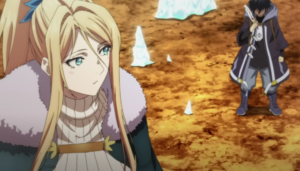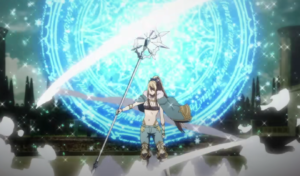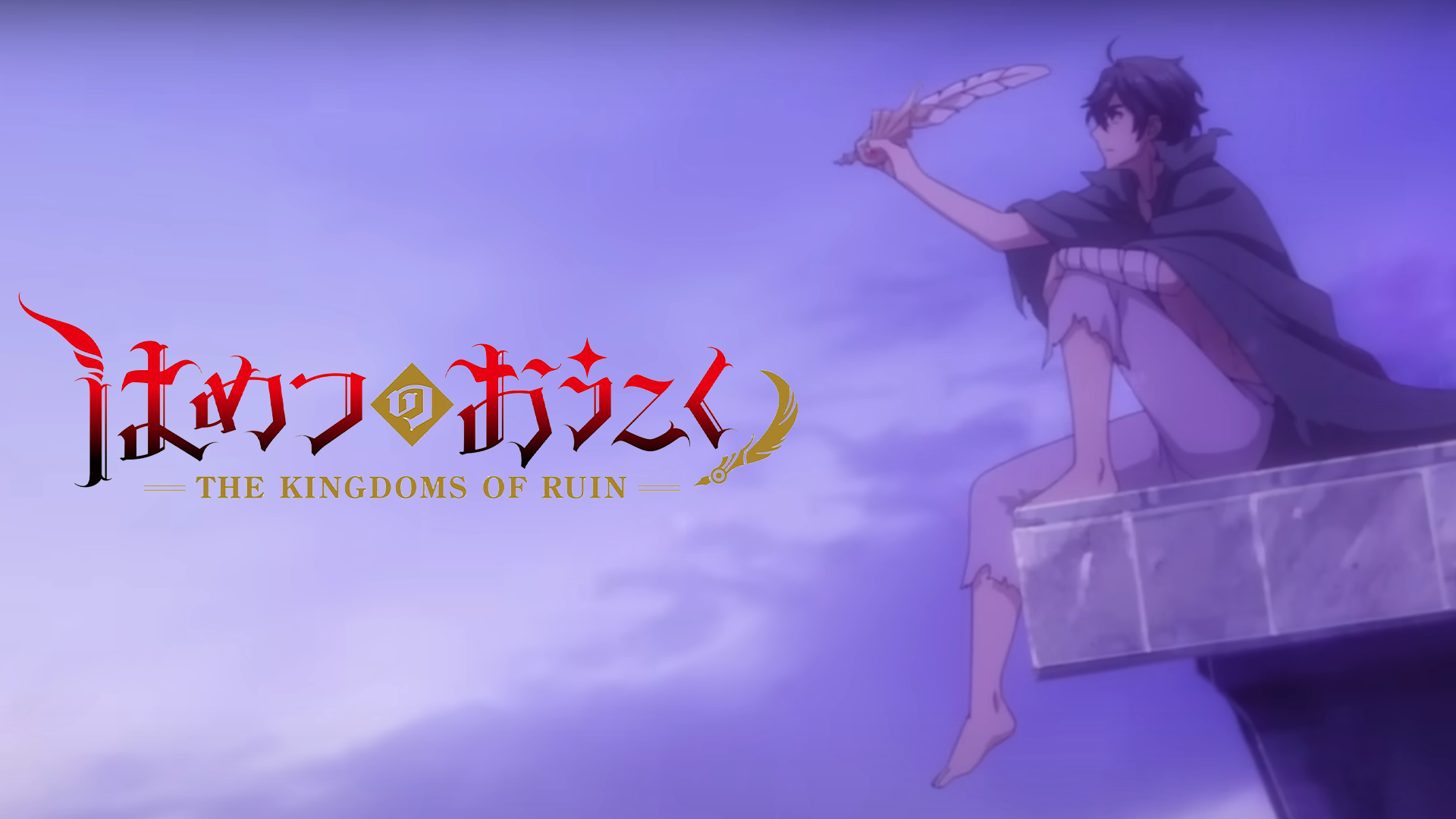
First Impressions Review: The Kingdoms of Ruin (Spoiler)
Witch trials and persecution aren’t fresh themes in fiction, but this anime series manages to weave an intriguing narrative. The show plunges us into a society transitioning from peaceful coexistence with witches to a medieval-inspired leap into the information age, propelled by the “Gear Expansion” that views magic as a hindrance to progress. Here’s my first impressions on episode 1 of “The Kingdoms of Ruin.”
A World of Martyred Witches and Exaggerated Evil
The series is clear about who wears the white hats and the black hats. Witches, exemplified by Chloe, represent peace and mercy, while humans, despite their fear of witches, are portrayed as the timid race. However, this goodwill doesn’t extend the other way. The humans in the Redia Empire are portrayed as comically evil and intent on the extermination of witches.
“The Kingdoms of Ruin” casts witches as martyrs, a narrative choice that, while somewhat forced, adds a unique twist to the typical good versus evil trope. The show presents a fascinating world with European Gothic architecture juxtaposed against modernity, creating an Orwellian dystopia wrapped in a classic kingdom archetype. But at times, it leans too heavily on this dichotomy.
His Revenge Will Be Epic
We’re all familiar with “that” scene in narratives where a beloved character is taken away just as we get to know them. In this case, it’s Chloe’s execution in front of the Redian masses, witnessed by Adonis. What unfolds after is a series of dramatic and tragic events.
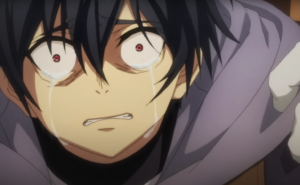
Chloe’s execution is a spectacle in absurdity, as she’s shot in the head, met with a firing squad’s hail of bullets, and finally beheaded by Emperor Goethe. The over-the-top nature of her death, culminating in three distinct methods of execution, adds a darkly humorous twist to the otherwise somber scene.
To rewind a bit, Chloe’s public humiliation begins with her being stripped topless in front of a cheering crowd, who eagerly record her on their phones. In her final moments, she tries to guide Adonis on a merciful path, declaring her love for him before her brutal end. The multiple-choice death sequence unfolds with ruthless efficiency, leaving Adonis consumed by rage.
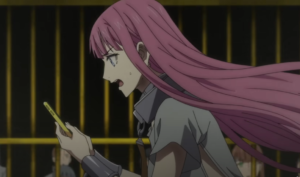
The narrative fast-forwards a decade, bringing us to an internment camp filled with young witches. Doroka, a new character, emerges as a protagonist, showing selflessness by sharing her bread rations with fellow prisoners, complete with hand puppets.
As the plot progresses, Doroka swaps places with another captive, facing an uncertain future. She eventually escapes, freeing the other witches. Her path leads to one final holding cell, where a grown Adonis, consumed by anger, awaits.
The real plot kicks off with this setup, and it promises to be exciting. The premiere’s prologue, while somewhat silly, paves the way for a compelling narrative. The contrast between Doroka’s kindness and the presumably intense and violent new Adonis adds an intriguing layer to the story.
Final Thoughts
“The Kingdoms of Ruin” offers a premiere that elicits mixed emotions. It raises thought-provoking observations about modern trends like public shaming while delivering an impressive visual spectacle with action and technology. The characters are engaging, but the series struggles to maintain a consistent tone. Nevertheless, it holds potential, and the infamous execution scene will undoubtedly live on in the world of anime’s most iconic imageries.
